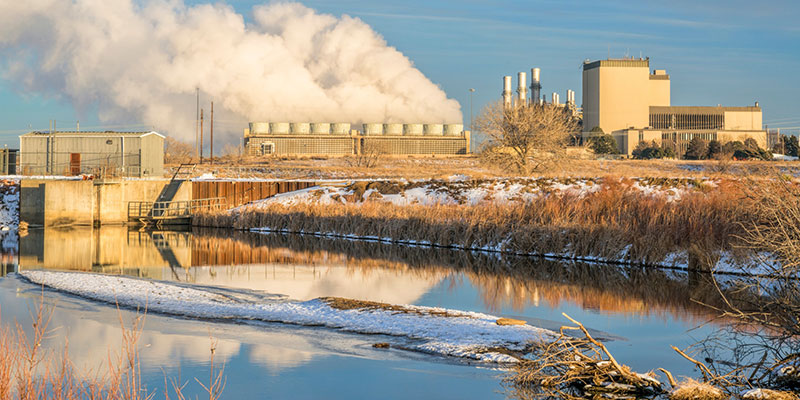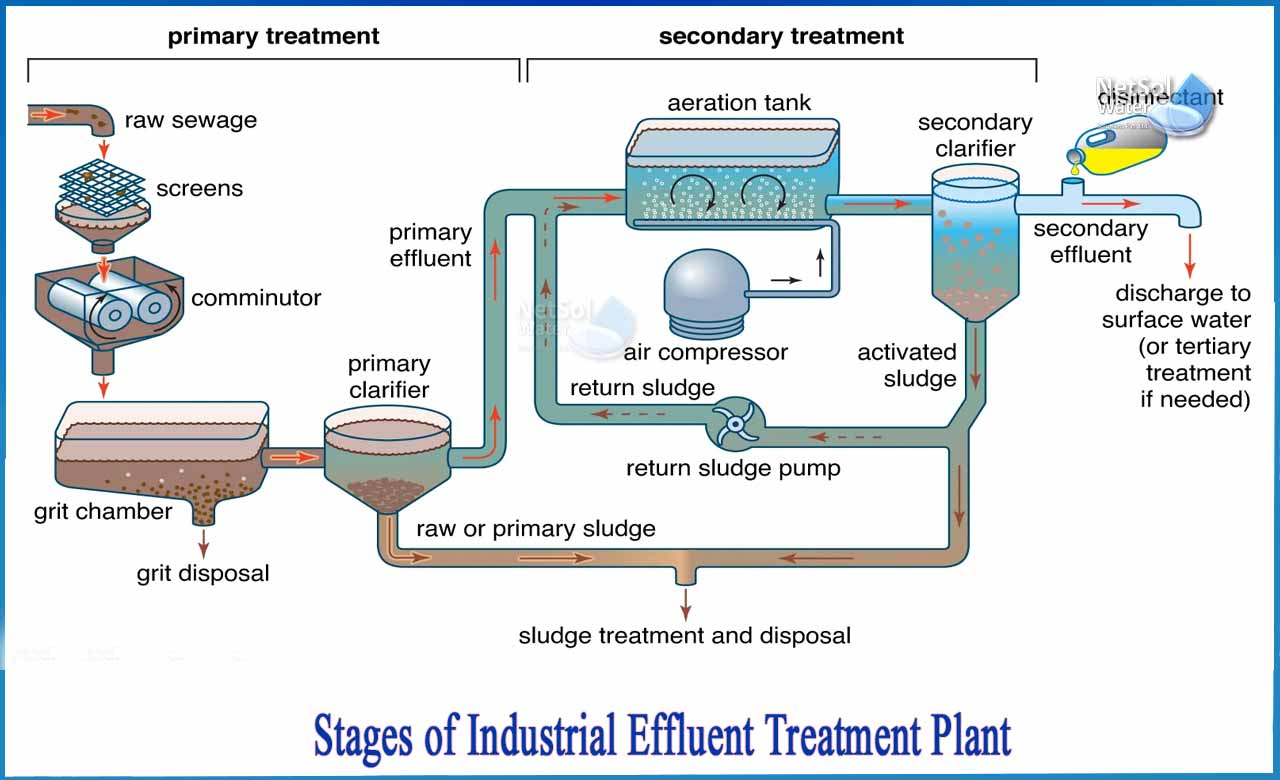Industrial Waste Water Treatment-- Safeguard the Atmosphere with Expert Water Treatment Services
Industrial Waste Water Treatment-- Safeguard the Atmosphere with Expert Water Treatment Services
Blog Article
Secret Methods in Industrial Waste Water Therapy Procedures
The therapy of commercial wastewater is a vital element of ecological administration, involving a variety of techniques created to reduce the impact of contaminants. From the basic physical methods that divide solids to the advanced chemical and organic procedures that target details toxins, each strategy plays a vital function in attaining water top quality requirements. Improvements in innovations such as membrane layer filtration and progressed oxidation procedures offer cutting-edge solutions for enhancing treatment effectiveness. Understanding exactly how these methods adjoin and their ramifications for sustainability raises important concerns about the future of wastewater management in sector.
Physical Treatment Approaches
Just how properly can physical therapy approaches resolve the complexities of commercial wastewater? Physical treatment techniques play a critical role in the initial phases of wastewater monitoring, focusing largely on the removal of solids and large particulates. Methods such as flotation, sedimentation, and filtering are essential for minimizing the focus of suspended solids, thereby improving the effectiveness of succeeding treatment processes.
Sedimentation includes the gravitational settling of solids, permitting the separation of larger products from the wastewater. This technique is particularly reliable in clearing up water prior to organic or chemical treatments. Purification, on the other hand, utilizes numerous media to catch particle issue, guaranteeing that smaller sized pollutants are eliminated. This method can be customized to fit various sorts of commercial effluents, creating more clear effluent streams.
In addition, flotation approaches, which use air bubbles to raise suspended solids to the surface area for removal, work in dealing with wastewater with high concentrations of fats, oils, and oils. Generally, physical treatment techniques work as an important first action in the extensive administration of industrial wastewater, making certain that the tons on succeeding treatment stages is lessened and enhancing general therapy efficacy.
Chemical Treatment Methods
While physical therapy techniques prepared for reliable wastewater administration, chemical treatment methods are vital for addressing the extra complicated impurities commonly found in commercial effluents. These methods make use of various chemical representatives to precipitate, reduce the effects of, or oxidize hazardous materials, guaranteeing an extra comprehensive elimination of pollutants.
One typical approach is coagulation and flocculation, where chemical coagulants such as light weight aluminum sulfate or ferric chloride are included to promote the gathering of put on hold particles. This process improves solid-liquid splitting up, decreasing turbidity and boosting water quality. Furthermore, neutralization procedures are employed to change the pH of wastewater, making use of acids or bases to neutralize acidic or alkaline streams, specifically.
Oxidation-reduction reactions play an essential function in derogatory organic pollutants and microorganisms. Chemical oxidants like chlorine, hydrogen, or ozone peroxide are used to damage down intricate natural compounds, making them less damaging or a lot more eco-friendly. Progressed oxidation processes (AOPs) combine multiple oxidation methods to improve contaminant elimination effectiveness.
Organic Therapy Procedures
The efficiency of wastewater therapy is substantially boosted by organic therapy processes, which harness the natural metabolic activities of microorganisms to decompose organic matter and get rid of toxins. Industrial Waste Water Treatment. These procedures largely include anaerobic and cardiovascular digestion, each tailored for specific kinds of wastewater
Cardio therapy processes utilize oxygen to sustain microbial development, promoting the break down of organic pollutants right into carbon dioxide and water. Common methods consist of triggered sludge systems, where aeration tanks promote the blending of wastewater with bacteria, and trickling filters, which urge biofilm advancement on media surfaces.
Conversely, anaerobic therapy processes take place in the lack of oxygen, utilizing anaerobic germs to break down organic issue, resulting in biogas manufacturing, a renewable resource resource. Anaerobic digesters are commonly employed in commercial settings for this objective, successfully decreasing the quantity of sludge while producing valuable biogas.
The choice of a biological therapy method relies on wastewater qualities, therapy goals, and governing standards. The integration of organic procedures in wastewater treatment not just improves toxin removal performance but likewise promotes sustainability by lessening chemical use and supporting source recovery.
Advanced Oxidation Processes

Typical AOP strategies include Fenton's reagent, ozonation, and photocatalysis. Fenton's reagent, a combination of hydrogen Continued peroxide and ferrous iron, militarizes the development of hydroxyl radicals, making it effective for treating wastewater including phenolic compounds and other recalcitrant substances.
AOPs use a number of advantages, including lowered sludge production and the capability to deal with wastewater with high focus of natural pollutants. Nevertheless, the application of AOPs calls for mindful consideration of operational specifications and cost-effectiveness, making sure that these innovative strategies are appropriately integrated into existing wastewater treatment systems.
Membrane Filtering Technologies

Microfiltration works for getting rid of suspended germs and solids, while ultrafiltration targets smaller sized natural particles and infections. Nanofiltration links the gap between ultrafiltration and reverse osmosis, efficiently eliminating natural substances and divalent ions. Reverse osmosis provides the highest degree of filtration, made use of largely for desalination and removing mono-valent ions.
Membrane technologies provide various advantages, including low energy consumption compared to conventional treatment methods, modular design for scalability, and the potential for water recovery and reuse. Difficulties such as membrane fouling and the need for regular upkeep need to be dealt with to make certain system efficiency. Generally, membrane filtration technologies stand for an essential element of contemporary industrial wastewater therapy methods, promoting sustainability and resource preservation in water administration.
Conclusion
To conclude, commercial wastewater therapy employs a varied variety of techniques, consisting of visit our website physical, chemical, organic, and advanced approaches. Each technique plays an important duty in successfully dealing with various contaminants, boosting water high quality, and promoting source sustainability. The combination of these strategies promotes a comprehensive therapy technique, ensuring that industrial effluents meet regulative standards while lessening environmental effect. Continued improvements in these approaches will certainly further boost the efficiency and efficiency of wastewater treatment processes in commercial settings.
The treatment of commercial wastewater is a critical element of ecological monitoring, involving a variety of strategies made to reduce the effect of impurities.Just how effectively can physical treatment techniques attend to the intricacies of commercial wastewater?Advanced oxidation processes (AOPs) represent an advanced technique in commercial wastewater therapy, made to effectively degrade organic contaminants that are typically immune to standard therapy approaches (Industrial Waste Water Treatment).In verdict, view it now commercial wastewater therapy uses a varied variety of strategies, consisting of physical, chemical, organic, and progressed methods. Continued developments in these approaches will better boost the performance and performance of wastewater therapy procedures in commercial settings
Report this page